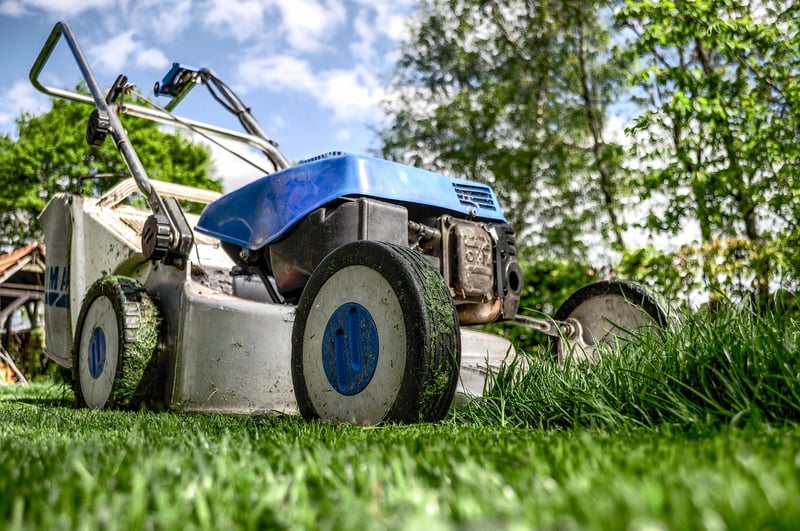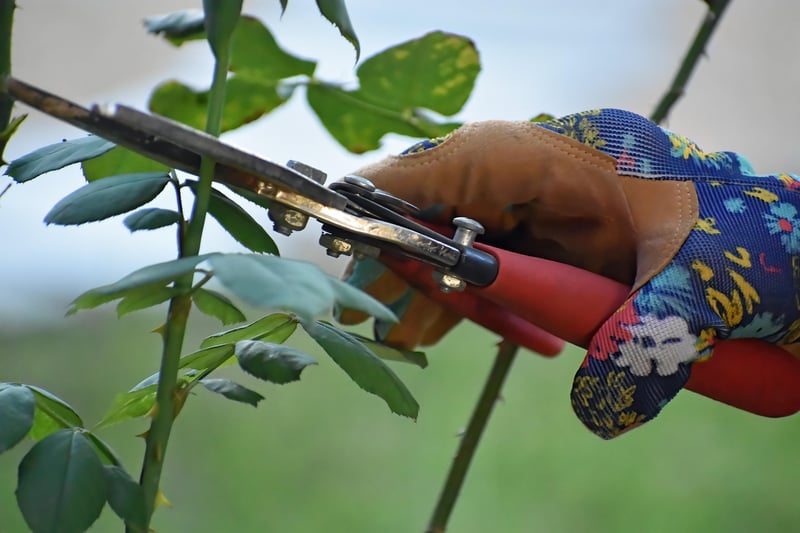Pruning Techniques
Maintain Your Garden Like a Pro with These Essential Pruning Techniques
Having a well-maintained garden not only enhances the beauty of your outdoor space but also promotes plant health and growth. One of the essential practices in garden maintenance is pruning. Pruning involves selectively removing specific parts of a plant to improve its structure, shape, and overall health. Here are some expert pruning techniques to help you keep your garden looking its best:
1. Deadheading
Deadheading is the process of removing spent flowers from a plant. This technique not only tidies up the plant's appearance but also encourages new blooms and prolongs the flowering period. Use sharp pruning shears to snip off faded flowers just above a set of healthy leaves or buds.
2. Thinning
Thinning involves the selective removal of branches or stems to improve air circulation and sunlight penetration within the plant. This technique reduces the risk of disease and promotes better growth. Identify overcrowded or crossing branches and prune them back to the main stem or a lateral branch.
3. Heading Back
Heading back is the practice of cutting back the tips of branches to encourage bushier growth. This technique is useful for shaping shrubs and maintaining their size. Make pruning cuts just above a healthy bud or lateral branch to stimulate new growth in the desired direction.
4. Rejuvenation Pruning
Rejuvenation pruning is a more drastic technique used to revive overgrown or neglected plants. It involves cutting back the entire plant to a few inches above the ground to stimulate fresh, vigorous growth. This method is best done during the plant's dormant season.
5. Crown Thinning
Crown thinning is a technique commonly used for trees to reduce density without altering the overall shape. Remove selective branches throughout the canopy to allow more light and air to penetrate the tree. Avoid removing more than a quarter of the branches in a single pruning session.
6. Proper Tools
Invest in high-quality pruning tools such as bypass pruners, loppers, and pruning saws to make clean cuts without damaging the plant. Keep your tools sharp and clean to ensure precision and prevent the spread of diseases between plants.
By incorporating these pruning techniques into your garden maintenance routine, you can promote plant health, stimulate growth, and enhance the overall beauty of your outdoor space. Remember to research the specific pruning needs of each plant species in your garden to ensure you are pruning at the right time and in the correct manner.
Happy pruning!

Source: Pixabay
